Abarth 500 595 695 vs BMW i4 – Differences & prices compared
Two cars, one duel: Abarth 500 595 695 meets BMW i4.
Which one wins in performance, efficiency and value for money? Find out now!
Costs and Efficiency:
Looking at overall running costs, both models reveal some interesting differences in everyday economy.
Abarth 500 595 695 has a convincingly advantage in terms of price – it starts at 32600 £, while the BMW i4 costs 49400 £. That’s a price difference of around 16809 £.
In terms of energy consumption, the advantage goes to the BMW i4: with 14.70 kWh per 100 km, it’s to a small extent more efficient than the Abarth 500 595 695 with 17.10 kWh. That’s a difference of about 2.40 kWh.
As for range, the BMW i4 performs convincingly better – achieving up to 613 km, about 348 km more than the Abarth 500 595 695.
Engine and Performance:
Power, torque and acceleration say a lot about how a car feels on the road. This is where you see which model delivers more driving dynamics.
When it comes to engine power, the BMW i4 has a convincingly edge – offering 601 HP compared to 155 HP. That’s roughly 446 HP more horsepower.
In acceleration from 0 to 100 km/h, the BMW i4 is decisively quicker – completing the sprint in 3.70 s, while the Abarth 500 595 695 takes 7 s. That’s about 3.30 s faster.
In terms of top speed, the BMW i4 performs clearly perceptible better – reaching 225 km/h, while the Abarth 500 595 695 tops out at 155 km/h. The difference is around 70 km/h.
There’s also a difference in torque: BMW i4 pulls significantly stronger with 795 Nm compared to 235 Nm. That’s about 560 Nm difference.
Space and Everyday Use:
Cabin size, boot volume and payload all play a role in everyday practicality. Here, comfort and flexibility make the difference.
Seats: BMW i4 offers to a small extent more seating capacity – 5 vs 4.
In curb weight, Abarth 500 595 695 is decisively lighter – 1410 kg compared to 2070 kg. The difference is around 660 kg.
In terms of boot space, the BMW i4 offers convincingly more room – 470 L compared to 185 L. That’s a difference of about 285 L.
In maximum load capacity, the BMW i4 performs clearly better – up to 1290 L, which is about 740 L more than the Abarth 500 595 695.
When it comes to payload, BMW i4 to a small extent takes the win – 480 kg compared to 385 kg. That’s a difference of about 95 kg.
Who comes out on top?
Overall, the BMW i4 shows itself to be outperforms in nearly all aspects and secures the title of DriveDuel Champion.
It convinces with the more balanced overall package and proves to be the more versatile choice for everyday use.
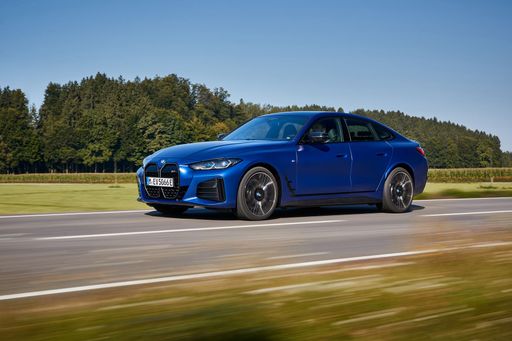 @ BMW Group Press
@ BMW Group Press
BMW i4
Abarth 500 595 695
The Abarth 500, particularly in its 595 and 695 renditions, captures the spirit of Italian motoring with its compact yet aggressive design. Known for its lively performance and distinctive styling, this little powerhouse is a joy to drive, offering an engaging experience that appeals to enthusiasts. With its rich motorsport heritage, the Abarth 500 embodies the essence of fun and excitement on both the streets and the race track.
details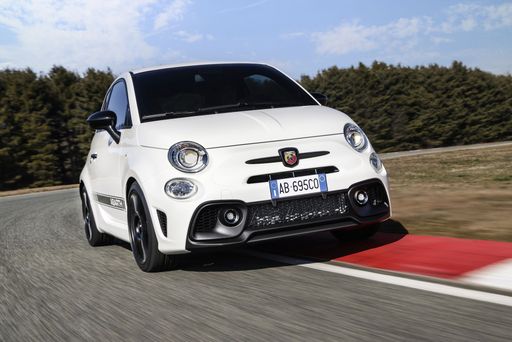 @ Abarth / Stellantis Media
@ Abarth / Stellantis Media
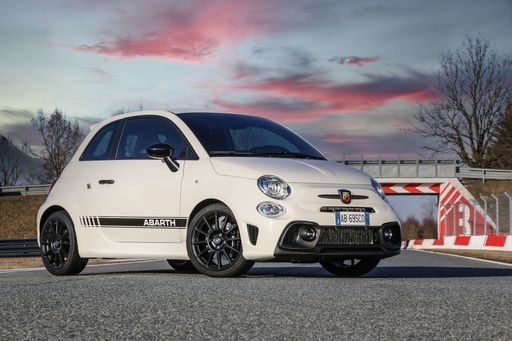 @ Abarth / Stellantis Media
@ Abarth / Stellantis Media
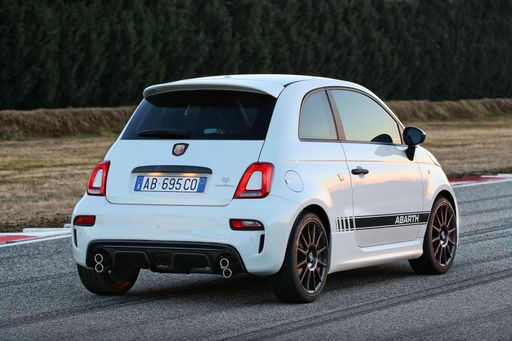 @ Abarth / Stellantis Media
@ Abarth / Stellantis Media
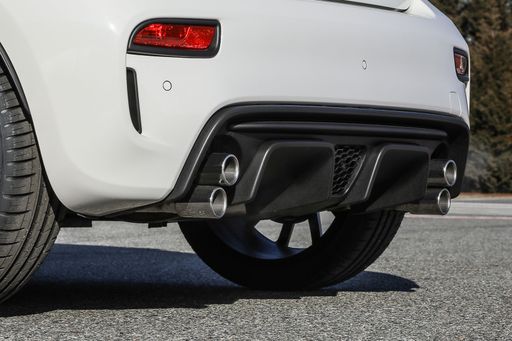 @ Abarth / Stellantis Media
@ Abarth / Stellantis Media
 @ Abarth / Stellantis Media
@ Abarth / Stellantis Media
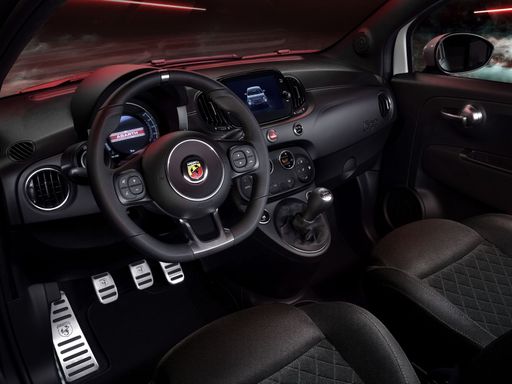 @ Abarth / Stellantis Media
@ Abarth / Stellantis Media
BMW i4
The BMW i4 beautifully merges the dynamism of a saloon with the efficiency of an electric vehicle, offering a truly exhilarating driving experience. Its design seamlessly blends elegance and athleticism, highlighting BMW's dedication to both aesthetics and performance. Inside, the i4 boasts a high-tech cockpit that harmonises luxury with intuitive technology, allowing drivers to stay connected while on the move.
details @ BMW Group Press
@ BMW Group Press
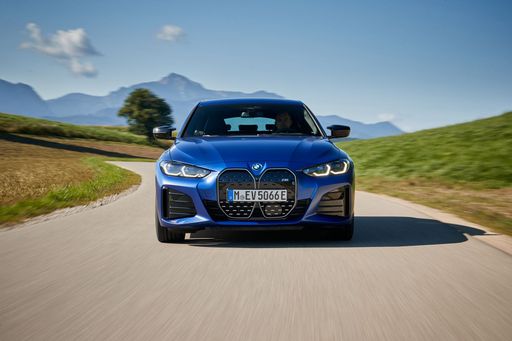 @ BMW Group Press
@ BMW Group Press
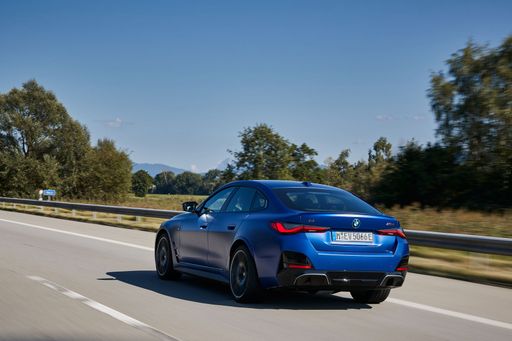 @ BMW Group Press
@ BMW Group Press
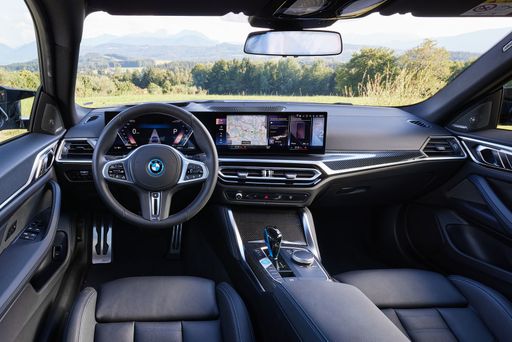 @ BMW Group Press
@ BMW Group Press
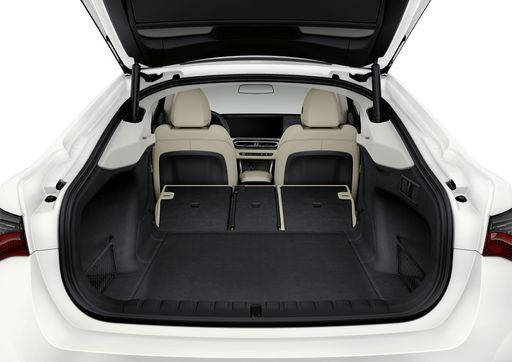 @ BMW Group Press
@ BMW Group Press
 @ Abarth / Stellantis Media
@ Abarth / Stellantis Media
|
 @ BMW Group Press
@ BMW Group Press
|
|
|
|
Costs and Consumption |
|
|---|---|
|
Price
32600 - 39400 £
|
Price
49400 - 62500 £
|
|
Consumption L/100km
-
|
Consumption L/100km
-
|
|
Consumption kWh/100km
17.1 - 18.8 kWh
|
Consumption kWh/100km
14.7 - 16.7 kWh
|
|
Electric Range
242 - 265 km
|
Electric Range
514 - 613 km
|
|
Battery Capacity
37.80 kWh
|
Battery Capacity
67.1 - 81.3 kWh
|
|
co2
0 g/km
|
co2
0 g/km
|
|
Fuel tank capacity
-
|
Fuel tank capacity
-
|
Dimensions and Body |
|
|---|---|
|
Body Type
Hatchback
|
Body Type
Hatchback
|
|
Seats
4
|
Seats
5
|
|
Doors
3
|
Doors
5
|
|
Curb weight
1410 - 1435 kg
|
Curb weight
2070 - 2285 kg
|
|
Trunk capacity
185 L
|
Trunk capacity
470 L
|
|
Length
3673 mm
|
Length
4783 mm
|
|
Width
1682 mm
|
Width
1852 mm
|
|
Height
1518 mm
|
Height
1448 mm
|
|
Max trunk capacity
550 L
|
Max trunk capacity
1290 L
|
|
Payload
370 - 385 kg
|
Payload
445 - 480 kg
|
Engine and Performance |
|
|---|---|
|
Engine Type
Electric
|
Engine Type
Electric
|
|
Transmission
Automatic
|
Transmission
Automatic
|
|
Transmission Detail
-
|
Transmission Detail
Reduction Gearbox
|
|
Drive Type
Front-Wheel Drive
|
Drive Type
Rear-Wheel Drive, All-Wheel Drive
|
|
Power HP
155 HP
|
Power HP
286 - 601 HP
|
|
Acceleration 0-100km/h
7 s
|
Acceleration 0-100km/h
3.7 - 6 s
|
|
Max Speed
155 km/h
|
Max Speed
190 - 225 km/h
|
|
Torque
235 Nm
|
Torque
400 - 795 Nm
|
|
Number of Cylinders
-
|
Number of Cylinders
-
|
|
Power kW
114 kW
|
Power kW
210 - 442 kW
|
|
Engine capacity
-
|
Engine capacity
-
|
General |
|
|---|---|
|
Model Year
2023
|
Model Year
2025
|
|
CO2 Efficiency Class
A
|
CO2 Efficiency Class
A
|
|
Brand
Abarth
|
Brand
BMW
|
Is the Abarth 500 595 695 offered with different drivetrains?
The Abarth 500 595 695 is offered with Front-Wheel Drive.
The prices and data displayed are estimates based on German list prices and may vary by country. This information is not legally binding.
